Click here to get more.
What Are TOPCon Solar Cells?
Manufacturers of photovoltaic (PV) modules are always trying to find new, more advanced alternatives to increase solar panel efficiencies. Efficiency improvements can be achieved by innovative cell manufacturing technologies, and now, there are a few competing in the Solar PV market.
The latest module trend expects that the market growth will be centred on HJT and TOPCon solar cells.
The report from International Technology Roadmap for Photovoltaic (ITRPV) shows some expected trends for the next 10 years:
&#; PERC (Passivated Emitter Rear Contact) solar cell technology currently is the market leader with market share of around 75%. But the forecast is that the share of p-type mono-Si PERC cells will decrease to about 10% within the next 10 years.
&#; N-type TOPCon (Tunnel Oxide Passivated Contact) technology will gain market share from about 10% in up to 60% in , becoming the mainstream silicon wafer type. It&#;s predicted that the biggest increase will happen from .
&#; N-type HJT (Heterojunction solar cells) is expected to increase from about 9% () to over 25% share within the next ten years. The implementation of HJT cell technology still suffers difficulties because of the higher production costs for solar cells and the incompatible production line with current technologies. This process won&#;t be covered in this article.
P-type PERC vs N-type TopCon
PERC technology is a cost-effective compromise between efficiency and mass production. But increasing solar panel efficiencies using this method happens at a slow rate. Today&#;s mainstream P-type modules reach efficiencies of around 21.4% that will increase to 22.75% within the next 10 years.
A N-type TOPCon solar cell installed in a PV module looks identical to a PERC cell. P-type and N-type solar cells are both made from a silicon wafer. The difference between them lies in the way the wafers are doped with chemicals to improve electricity production.
In a nutshell, P-type cells are doped with boron, while N-type cells are doped with phosphorus. Comparatively, phosphorus degrades less than boron when exposed to oxygen. In addition, phosphorus doping adds free electrons to the wafer, which increases efficiency.
So, N-type based modules can achieve higher efficiencies. Today&#;s efficiencies of close to 22.5% will increase up to 24% or so within the next 10 years according to estimates.
The problem with the N-type manufacturing process is that it is still more expensive.
Additional resources:What is the holy grail of lithium batteries?How Does pv shingles Work?60-Cell vs 72-Cell Solar Panels: Everything You Need to ...Top 5 Reasons to Buy Solar Inverter Now: Answers to Your Solar Questions!Maximizing Savings with High-Efficiency 3KW Solar InvertersMaximizing Energy Efficiency: Hybrid Solar Systems ExplainedTop Affordable Local Inverter Prices You'll Love
For more information, please visit 潞安.
Advantages of TOPCon technology?
1- Manufacturing process
TOPCon modules can be manufactured with practically the same machines as P-type modules, which means the employment of TOPCon cells doesn&#;t require high capital investment for manufacturers.
2- Higher efficiency
According to the Fraunhofer ISE institute, efficiencies can go beyond 25%. PERC cell maximum theoretical efficiency is around 24%.
3- Lower degradation
TOPCon modules have a lower power degradation power during the 1st year and during the 30 years of PV panels use, compared to PERC panels.
4- Lower temperature coefficient
TOPCon cells have a better resistance to extreme weather scenarios.
5- Bifaciality rate
The bifacial factor for PERC PV modules has been determined on average to be at around 70% compared to up to 85% for TOPCon panels. They collect more energy from the rear side compared to PERC bifacial modules, which is favourable for ground-mount utility projects. Aesthetically, they can also be more attractive than PERC solar panels.
6- Low light performance
TOPcon modules have a higher efficiency in low light condition, which extends the electricity generation period during the day and improve the performance of the installation over time.
Disadvantages of TOPCon technology?
One of the major issues of TOPCon cells compared to PERC cells is that they require a larger amount of silver (Ag) for production.
Both TOPCon and PERC use silver paste during production. However, TOPCon uses silver paste on both sides of the cells. This means that costs will never go lower than that of PERC.
New manufacturing processes might be effective in reducing the required amount of silver, while still delivering similar or higher efficiencies. Lower costs, in return, will allow this technology to hit the market at reasonable prices.
There are other technical issues mentioned elsewhere: boron deposition, different requirements for clean room conditions that must be met, and the inability of the current selective emitter to apply to the TOPCon front emitter. These issues are beyond the scope of this article.
See our stock of Solar Panels
The best combination of efficiency and reliability relative to capital cost. Is that so? TOPCon Technology, or Tunnel Oxide Passivated Contact, was first introduced in the industry in by a group of German researchers (Fraunhofer Institute for Solar Energy Systems).
It is a type of solar panel technology that aims to improve the efficiency of solar cells. Traditional solar cells use metal contacts to collect the electricity generated by the cell. The issue with that is, these contacts can also block some of the incoming light. That leads to a reduction in efficiency of the cell.
TOPCon technology addresses this problem by using a thin layer of insulating material (a tunneling oxide layer) between the metal contact and the solar cell. This layer creates a tunneling junction that allows for better electron transport and collection, resulting in higher cell efficiencies. Thanks to the passivation of the cell surface with a thin layer of silicon oxide, the rate of electron recombination is also reduced. TOPCon solar panels therefore also perform better in low-light conditions. This makes them ideal for use in areas with less sunlight, such as cloudy or shaded regions.
The thin oxide layer also protects the cell from extreme environmental factors, such as moisture and temperature fluctuations, that can generally cause degradation. This also means that the technology ensures a higher durability, since they are less susceptible to degradation over time.
If you are looking for more details, kindly visit topcon solar cell.




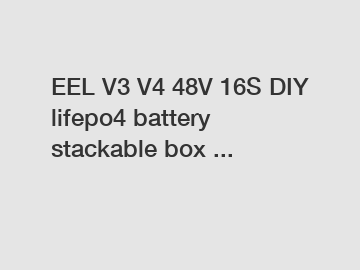
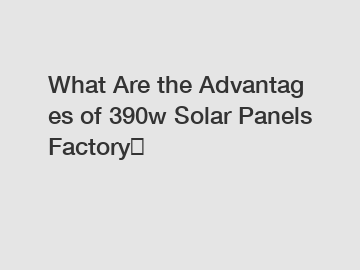
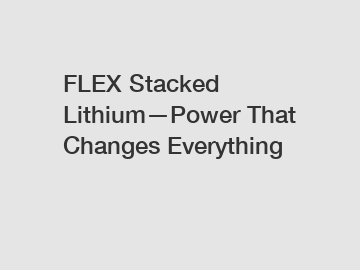
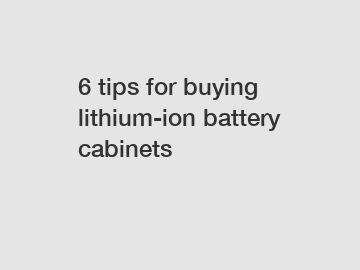
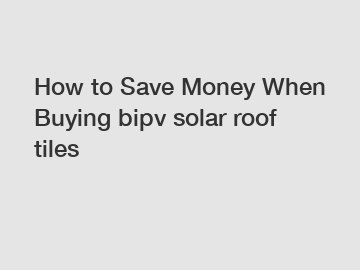
Comments
All Comments ( 0 )